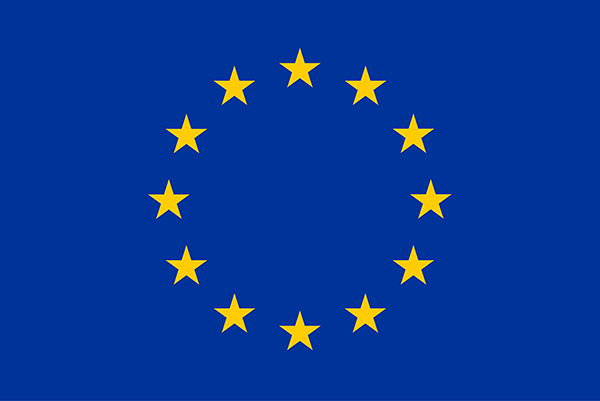The project vision is to demonstrate this urban development as resource efficient, intelligent and sustainable, with reduction, reuse and recycling of waste, suppling secure food and effective utilization of solar energy. In the future, we hope to create Changsha into a water culture, agricultural culture, and social cultural, sustainable development, circular economy, characteristic green ecological city.
Changsha exhibited the comprehensive recycling technology of urban sewage, the recycling technology of nutrients in sewage, and the recycling of urban wastewater. Futiancangjun community building demonstration in Changsha installed low flush the toilet, toilet water saving, the sewage are collected in the community and magnesium ammonium phosphate crystallization method to extract the elements such as nitrogen and phosphorus, was established in demonstration building roof rainwater recycling system, biological treatment system on the model family of grey water (water washing with water, the kitchen) and part of the intercept rainfall for processing. In order to improve the living quality of residents, a demonstration of the balcony vegetable garden in Changsha conducted by combining soilless cultivation technology, automatic detection of greenhouse temperature and light environment and remote intelligent control technology. According to the available space characteristics of each family balcony, the balcony is equipped with personalized planting equipment, which is used for planting leaf vegetables, fruit vegetables, sprout vegetables, edible fungi and so on.
The residences in Changsha are all traditional buildings, and the showcase Futiancangjun community has not introduced any urban agricultural concepts and related resource recycling technologies. The domestic black water is directly discharged into the septic tank of the community without the recycling and reuse of nitrogen and phosphorus resources. The domestic gray water is directly discharged into the municipal pipe network and transported to the centralized domestic sewage treatment plant for treatment and then discharged to the river. Rainwater is also not recycling, which is carried out directly into the municipal pipe network and transported to the centralized domestic sewage treatment plant for treatment and then discharged to the river. The Futiancangjun community also does not have solar streetlights and solar water heaters, which use electricity and gas. The balcony space is not used to make a balcony vegetable garden.
In the following tables you can find the completed, ongoing, and upcoming activities of Changsha showcase.
| Month/Year | Description |
|---|---|
| Jan 2019 | MAP process, decentralized sewage treatment process and rainwater treatment process research and development. |
| Apr 2019 | Black water, gray water and rainwater pipeline renovation. |
| Aug 2019 | Grey water equipment customization. |
| Dec 2019 | Construction of grey water treatment room. |
| Feb 2020 | Installation of solar street lights and solar water heater. |
| Mar 2020 | Construction of wetland. |
| Apr 2020 | Distribution and installation of low flush toilets. |
| Jan 2021 | Construction of green roof. |
| Feb 2021 | Operation of the water treatment system. |
| Apr 2021 | Promotion of balcony garden planting equipment. |
| Month/Year | Description |
|---|---|
| 2020 |
Start constructing the Changsha project-Futiancangjun Yard Start constructing the Zhangjiajie project-Futian Huafu Yard Start constructing the Yueyang project-Futian City Yard Start constructing the Future Stereoscopic Ecological Architecture (International) Innovation Center |
| 2021 |
Continue to construct the Changsha project-Futiancangjun Yard Continue to construct the Zhangjiajie project-Futian Huafu Yard Continue to construct the Yueyang project-Futian City Yard Start constructing the Changsha project-Futian Binjiang Yard |
| Objectives | Total Target Values | Value achieved by Changsha Showcase | Comments/Mitigation |
|---|---|---|---|
| Objective 1: Improve resilience of urban centers in Europe and China and increase food security. |
|
|
|
| Objective 2: Develop and showcase novel resource efficient systems for horticultural production in urban and peri-urban environments in China and Europe. |
|
|
